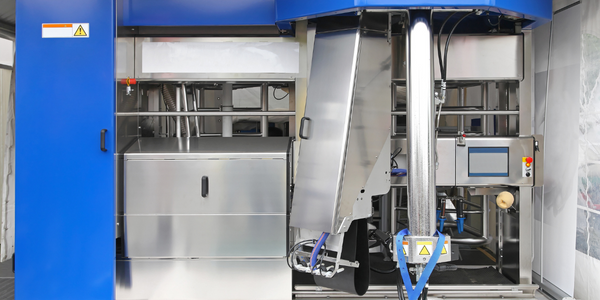Customer Company Size
Mid-size Company
Region
- America
Country
- United States
Product
- Acumatica Distribution Edition
- Advanced Financial management
- Inventory Management
- Order Management
- Acumatica Payroll
Tech Stack
- .Net technology
Implementation Scale
- Enterprise-wide Deployment
Impact Metrics
- Productivity Improvements
- Customer Satisfaction
Technology Category
- Functional Applications - Enterprise Resource Planning Systems (ERP)
- Functional Applications - Inventory Management Systems
Applicable Industries
- Agriculture
Applicable Functions
- Logistics & Transportation
- Procurement
Use Cases
- Inventory Management
- Supply Chain Visibility
Services
- System Integration
About The Customer
C&O Nursery is a 113-year-old, family-owned finished-tree nursery, one of the oldest in Washington State and the country. It primarily sells apples, pear and cherry trees to orchard growers around the world as well as to consumers. The company, now run by the third generation, was the first to patent a fruit variety, a peach, making it a pioneer in what’s now become an industry focused on proprietary varieties. C&O holds 20 of its own fruit patents and sells some patented fruit varieties owned by others. The company has grown revenues to more than $12 million and is expanding into new patented varieties as growers demand them.
The Challenge
C&O Nursery, a 113-year-old, family-owned finished-tree nursery, was facing challenges due to the changing dynamics of the commercial fruit growing business. The industry was shifting from open varieties to patented varieties and higher density orchards. This meant that more trees were needed and growers were ordering as many as four years in advance. C&O Nursery was using Microsoft Dynamics GP for accounting and payroll, along with special inventory software based on Microsoft Access 97. However, the team grew frustrated with the outdated software systems. They were looking for a single system for inventory and accounting that could adapt to new ways of doing business, integrate its financial and inventory data and update other systems to accommodate the growth of its seasonal workforce.
The Solution
C&O Nursery decided to switch to Acumatica, a flexible system built on .Net technology. Acumatica offered the flexibility and integration C&O needed. It was browser-based, accepted many third-party applications, and allowed PC Bennett to create the customizations needed for the nursery business. Acumatica also offered mobile access, flexibility, one connected system, and offered the financial, contract, and process controls the company needed. With Acumatica, C&O could track trees at different growth stages and different time lapses, collecting and recording data including the width of the tree stem and the height. To track orders over multiple years, PC Bennett designated virtual warehouses labeled with a year so C&O could track all the activity and orders to be delivered for that year.
Operational Impact

Case Study missing?
Start adding your own!
Register with your work email and create a new case study profile for your business.
Related Case Studies.
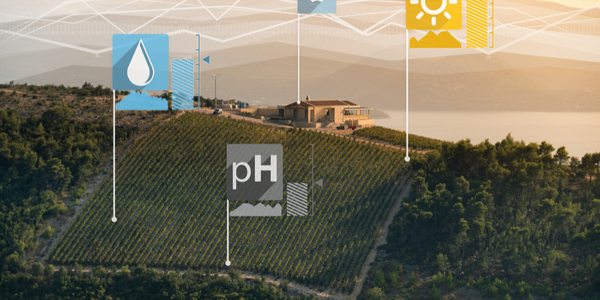
Case Study
Intelligent Farming with ThingWorx Analytics
Z Farms was facing three challenges: costly irrigation systems with water as a limited resource, narrow optimal ranges of soil moisture for growth with difficult maintenance and farm operators could not simply turn on irrigation systems like a faucet.
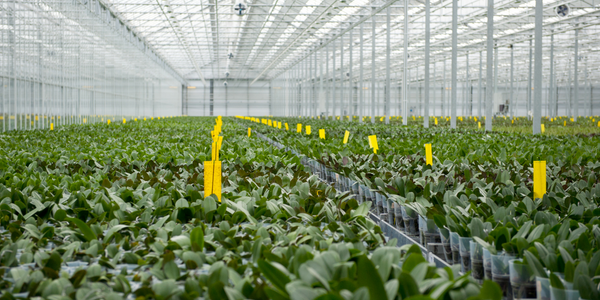
Case Study
Greenhouse Intelligent Monitoring and Control Solution
Farming Orchids is the most successful form of precision farming in Taiwan, and also the most exported flower. Orchids need a specific temperature and humidity conditions to grow and bloom, and its flowering time may not be in line with market demands, so the price collapses when there is overproduction. Therefore, some farmers began to import automated greenhouse control systems for breeding and forcing, which not only improves quality, but also effectively controls the production period and yield to ensure revenue. In 2012, an orchid farmer built a Forcing Greenhouse of about 200 pings (approximately 661 Square Meters) in Tainan, Taiwan. The system integrator adopted Advantech’s APAX-5000 series programmable automation controllers to build the control platform, coupled with Advantech WebAccess HMI/SCADA software, to achieve cloud monitoring. The staff of the orchid field can monitor important data anytime via smart phone, iPad, and other handheld devices, and control the growth and flowering conditions. System requirements: In the past, most environmental control systems of orchid greenhouses in Taiwan used PLCs (Programmable Logic Controller) with poorscalability and control, and could not be connected to the Internet formonitoring from the cloud. For advanced database analysis and networking capability, the PC platform must be adopted. Therefore, PAC Systems (Programmable Automation Controller) with both PLC programming capabilities andPC functions is a better choice.The environmental control of the Orchid greenhouse switches on and off devices like fan, shade net, cooling/heat pump, liquid flow control, water-cooling wall etc. It is controlled by a control panel of electric controllers, and is driven by a motor, to adjust the greenhouse temperature, humidity, and other environmental conditions to the set parameters.
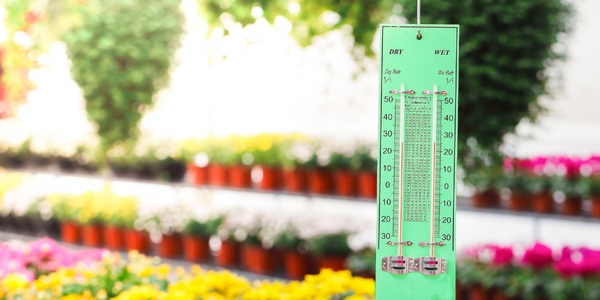
Case Study
Precision beekeeping with wireless temperature monitoring
Honeybees are insects of large economic value and provide a vital service to agriculture by pollinating a variety of crops. In addition, bees provide us with valuable products such as honey, beeswax, propolis, bee venom, etc. Monitoring of honeybee colony health, population, productivity, and environmental conditions affecting the colony health have always been exceedingly difficult tasks in apiculture. Research has shown that even small deviations (by more than 2°C) from the optimal temperatures have a significant influence on the development of the brood and the health of adult bees.
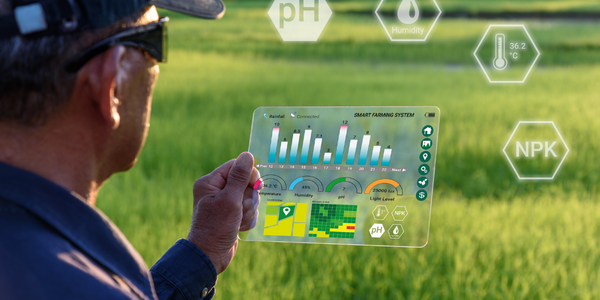
Case Study
Enabling Internet of Things Innovation in Agriculture
DigiBale, wanted to apply technology know-how and IP from implementations successfully to more agriculture sectors including cotton, forestry, sugarcane and cattle. However, farmers and growers still have worries about the connected technology.








